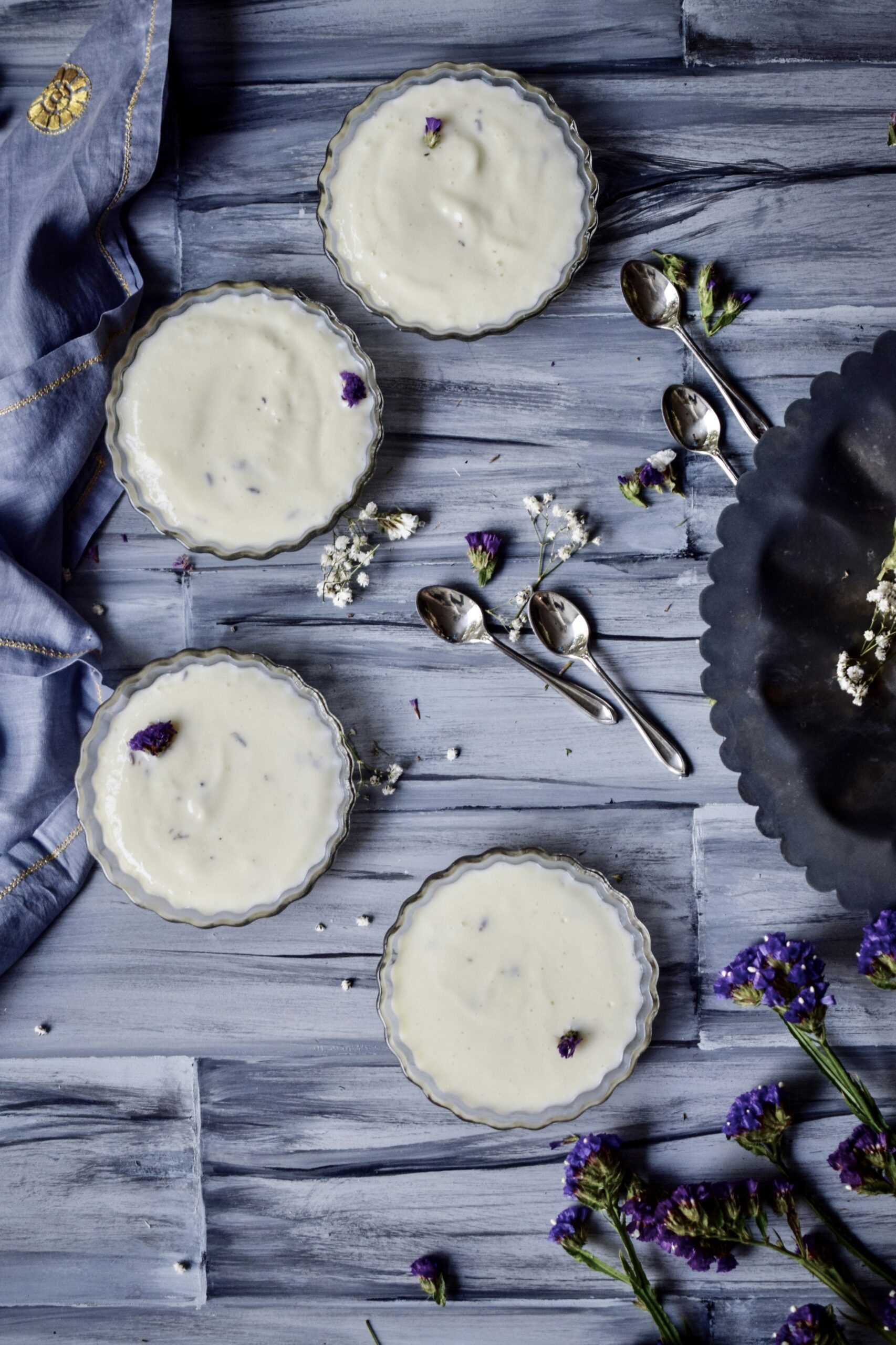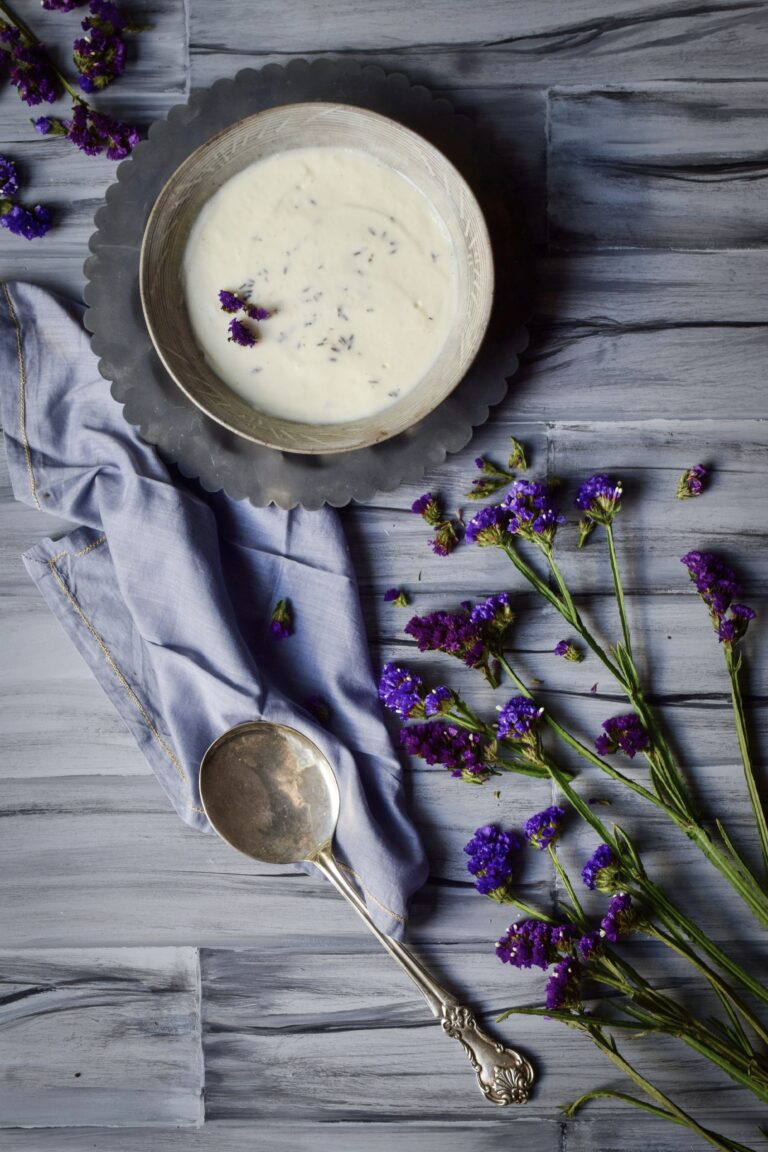Being born and brought up in Chennai into a traditional Gujarati home has given me a more expansive way of thinking, which is what opens one’s mind to explore. There are times when I think in Tamil while I’m cooking Gujarati food! Even as the world becomes a smaller place, I love keeping local culinary customs alive – but every once in a while, my imagination will take me on an adventure in the kitchen. So it was while making shrikhand one day, a sweetened Gujarati dish made of hung curd. I’d played with various Indian flavours for shrikhand before, including mango and an almond-saffron blend. But I had just met with a friend, Siddharth Murthy, who has an organic lavender farm outside Melbourne in Australia, and he had gifted me one of my favourite foreign ingredients. Next to rose, lavender is the scent I enjoy adding most to my cakes. I wondered: how would my family like to end a meal on lavender shrikhand?
If you remember from my recent post on rotis, shrikhand is enjoyed with Gujarati breads, using a dainty piece of puri or rotli as a scoop. This lavender shrikhand can be eaten in the same way, using a slightly reduced quantity of sugar, or served as a light dessert on its own.
The key to a good shrikhand is the starter yoghurt. Many Indian homes make their own yoghurt, using just a small scoop of the one made the previous night. It is popularly said that some vessels of yoghurt will contain milk DNA carried through generations, because a woman may take a scoop from her mother’s kitchen when she moves into her mother-in-law’s! I use homemade ingredients as far as possible – everything from almond flour for my cakes, to wholewheat and chickpea flour, to making full use of the sun-tastic Chennai summers by drying and grinding masalas like ginger powder, mango powder, idly podi, garam masala, chilli powder and more! Homemade yoghurt is a given, and if you’d like to try your hand at the same the method is provided below too.
When you think of “lavender” it’s the Provençal region of France that comes to mind immediately, but these beautiful flowering plants in fact thrive in other places of the world too. Over a chat and coffee and cupcakes with Siddharth Murthy, the organic lavender farmer based in Australia, I learned a great deal about this plant that I’ve known as everything from a culinary herb to a perfume ingredient to a pretty ornamental decoration. A member of the mint family, lavender likes very stony, chalky soil with good drainage, and thrives in a temperate climate with good winter rains and reasonably hot dry summer. It does not like too much water, and ideally there should be no rain once the flower starts to bloom. It needs to be harvested when it is in full bloom, which is usually in the middle of summer, and air dried.
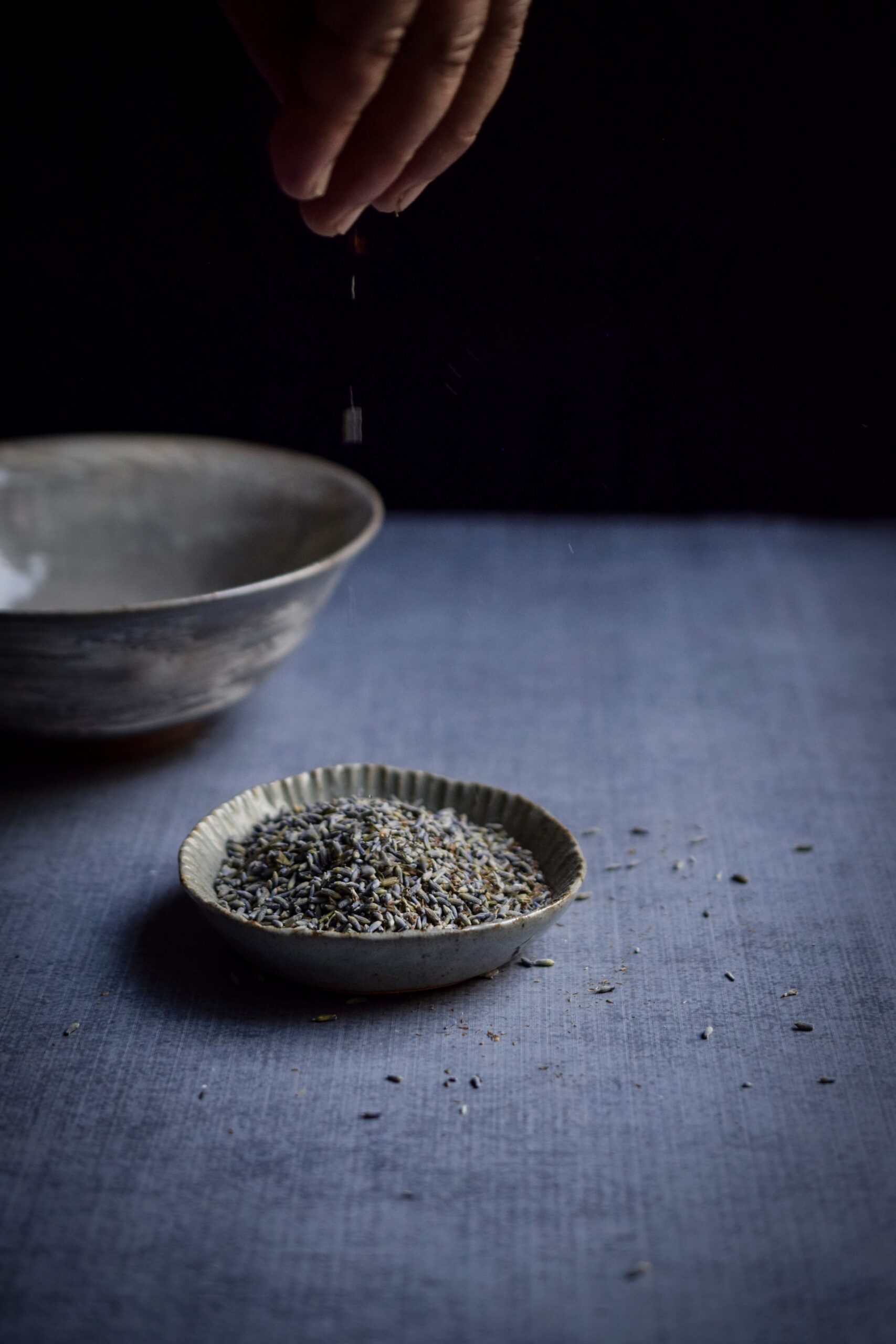
For cosmetic purposes, the oil is often extracted and distilled from dried lavender heads and used in the making of the product. Lavender has a gorgeous smell that you may be familiar with, and Siddharth gave me an anecdote regarding its usage. His farm has had a lot of requests from Chinese manufacturers who create stuffed bears, which had become a national obsession among young people after a social media star posed with one. They are cuddled especially while falling asleep. I suppose it makes sense when you think about how lavender essential oil is used in aromatherapy in improving sleep, alleviating headaches and creating a soothing environment.
Culinary lavender is from the species Lavandula angustifolia, which is also the most commonly cultivated one. There are many cultivars within this species. The one that is cultivated for cooking is the “Miss Donnington”. I cherish the lavender I was gifted, and try to use it sparingly. But I found that a shrikhand experiment was well worth the indulgence!
Lavender Shrikhand
(Yield: 7 – 8 cups)
Ingredients:
Lavender Shrikhand
1 litre + ¼ cup whole milk
¼ teaspoon starter yoghurt (adjust as per true weather; it’s very warm in India)
¾ cup powdered sugar
1 teaspoon dried lavender flowers or seeds
Optional: Homemade yoghurt
1 litre of milk
½ teaspoon starter yoghurt (store-bought)
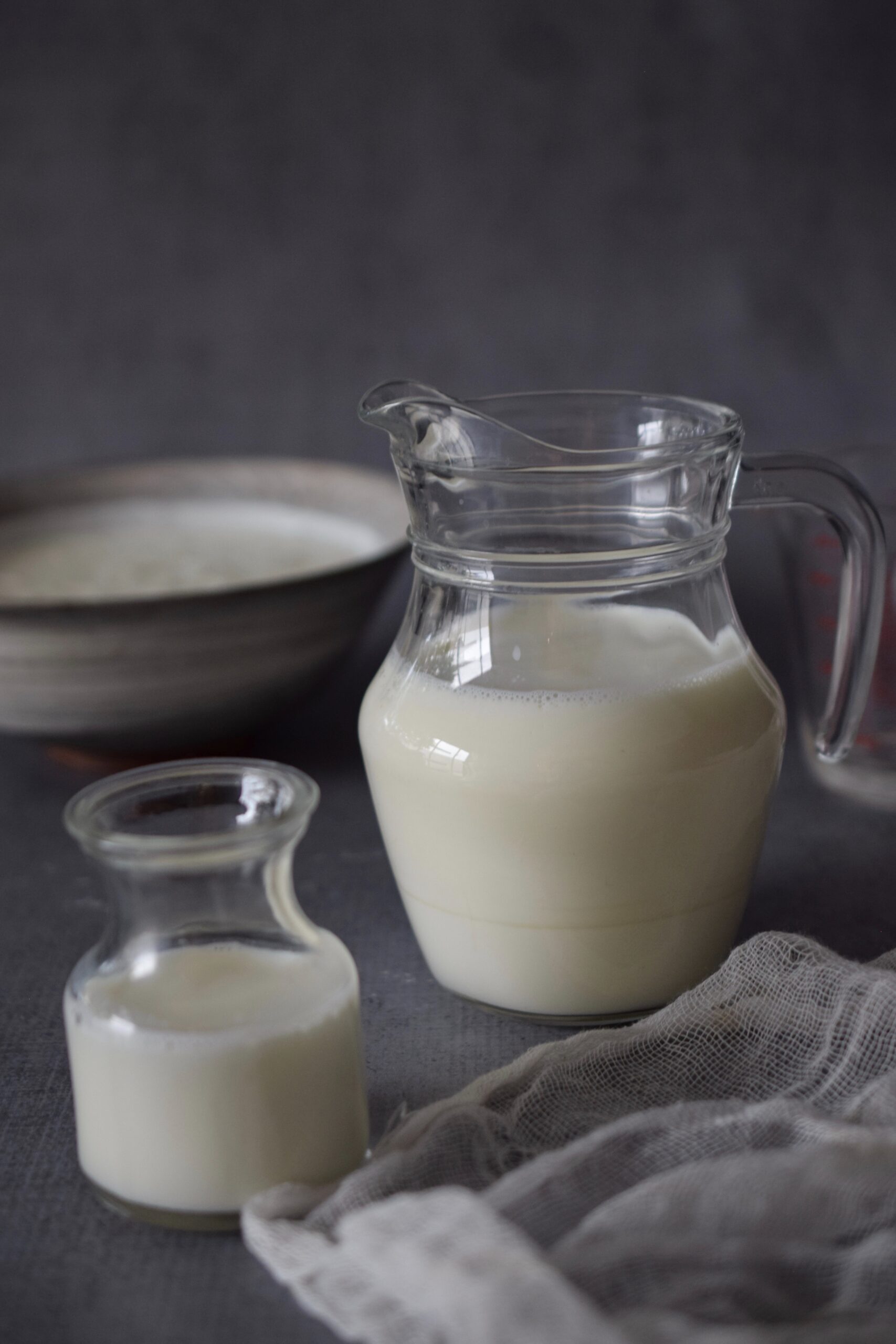
While you can just as well use store-bought yoghurt as a starter for the lavender shrikhand, if you’re curious about how to make it at home, here is the method. Heat 1 litre of milk to a little warmer than room temperature. Add ½ teaspoon of starter yoghurt to a pot (in your case, this will be store-bought, but after making a first batch you can begin keeping a starter aside for the next day’s use). I like using terracotta and handmade pots for this purpose. It’s not just traditional to do so, but the clay also has a cooling effect on the contents. Where I live, the temperature always averages 25-35°C, so ½ a teaspoon is sufficient, but I sometimes reduce the starter quantity to a further ¼ teaspoon during summers, when it gets even hotter. Pour the milk into the pot too. Cover the pot and set it in a quiet place and avoid opening it for 6-8 hours. I usually set it late at night before I go to bed, like a ritual, and I check that it’s set well first thing in the morning. I am particularly fond of yoghurt and can’t get through any meal at home without it, so a fresh batch is made this way every day. If I accidentally use more starter than required or keep the set yoghurt aside for too long, it will turn sour. I prefer plain rather than sour yoghurt, but find that it works in cakes. Similarly with leftover yoghurt – hot weather always turns them sour faster, but you can eat it until it goes bad, if you like the taste.
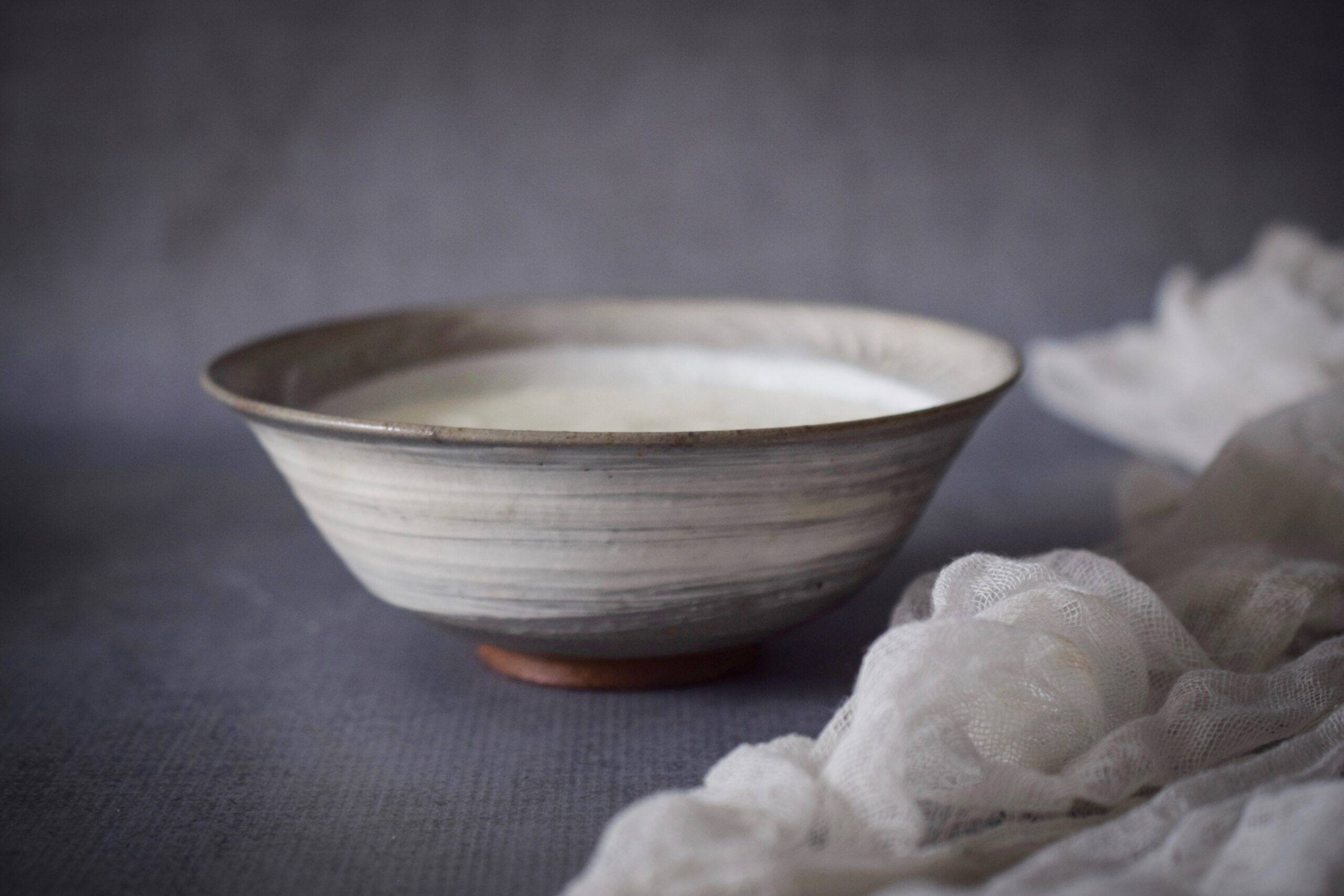
And now, for the shrikhand itself….
Warm the milk to a little more than room temperature. Take it off the stove and add the starter yoghurt. Stir gently for a few seconds, then cover and keep aside in a quiet place. The starter ensures that the yoghurt will not sour (especially important in warm climates like mine). The best time to do this is at night, because the yoghurt will need between 8 and 12 hours to set firmly.
Remember when I invited you in for a day at the re:store kitchen? A day that will end in shrikhand requires one extra step in the morning. After the yoghurt has set, the following morning, it is time to hang it. For this, you will need a fine muslin cloth. Standing over your sink, pour the yoghurt into the cloth and tie the top tightly. When I do this, I keep a bowl inside my sink to collect the whey, which I use in the flour for my rotlis. The whey is high in protein and I’m not one to waste anything.
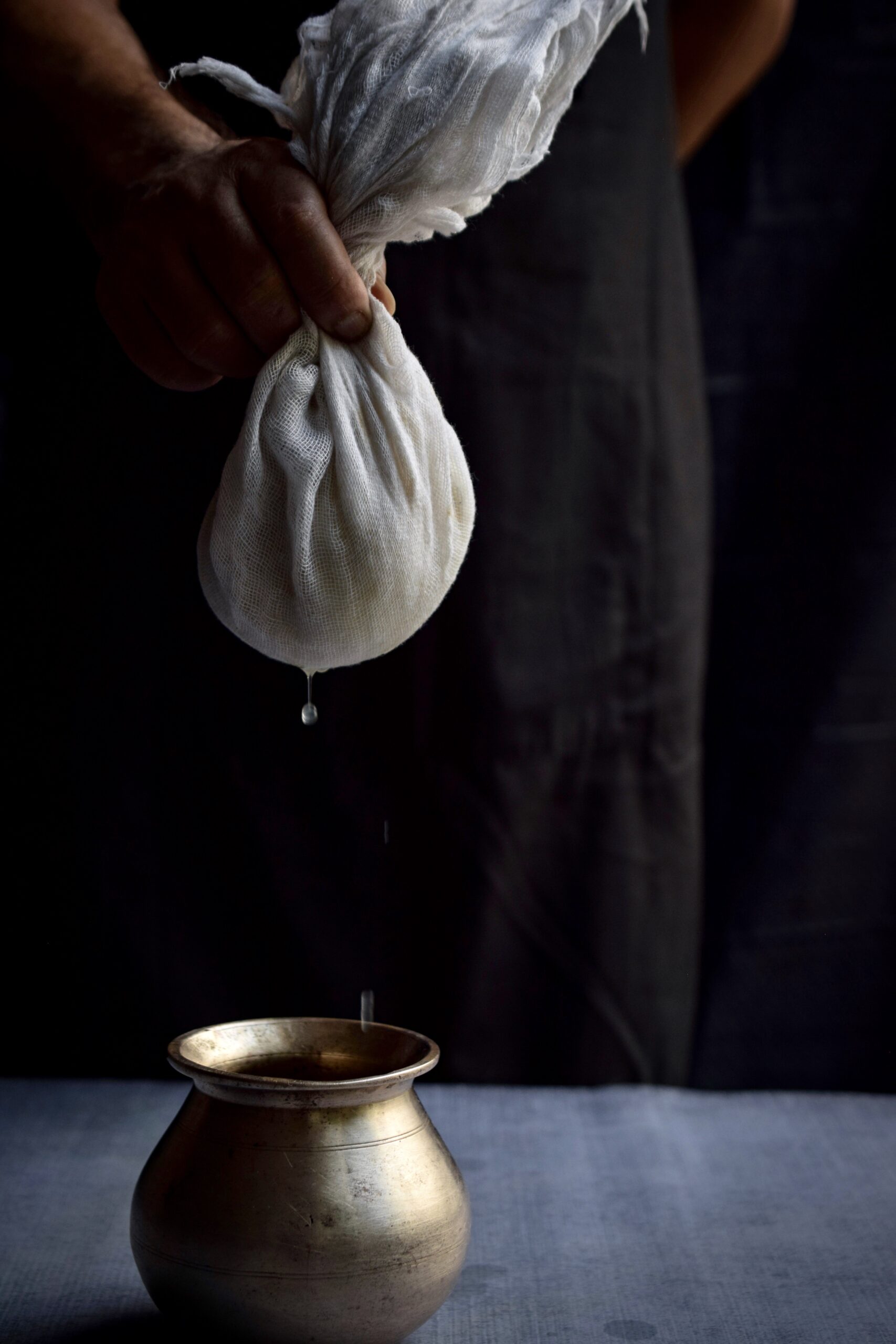
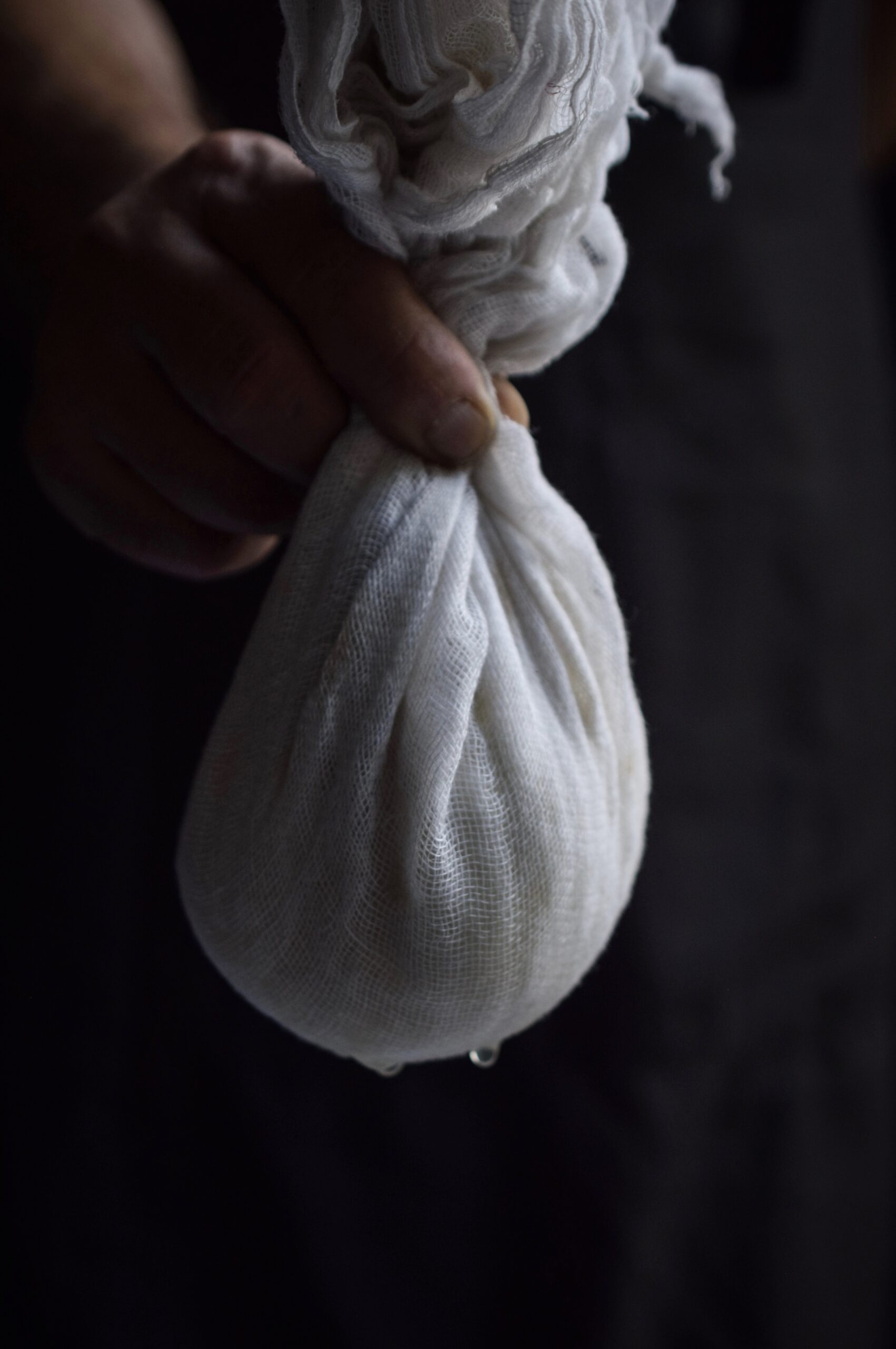
The yoghurt (technically now known as the hung curd – if you’ve come across this term before, now you know that it’s because it’s literally hung!) needs to hang over the sink for 4-5 hours, during which time it will drain completely. If you prefer to skip this step and have access to the ingredient, you can substitute this with Greek yoghurt.
In the meanwhile, allow the dried lavender to steep in the ¼ cup of milk.
When the whey has been fully drained, empty the hard yoghurt into a strainer. Make sure any particles are removed, then add the powdered sugar. Use a spatula to combine the ingredients well, then add all of the mixture to a pot with the steeped lavender milk.

Now, pour the mixture into individual bowls and let them set in the refrigerator until chilled. I like to use small bowls as eating too much of a good thing can make you feel full and one does not enjoy the flavours throughout. A little craving is a good thing, especially when it comes to desserts! It’s something I learned from my grandfather, who always said we should stop eating just when we want another bite.
I prefer to keep the presentation of this dish simple, without too much drama in the decoration. But the best thing about this unassuming-looking lavender shrikhand is the way the first spoonful always yields an “aaah” of sweet surprise. It’s amazing what you can do with a little lavender, and a lot of love!
